When you want to relax in front of the fire, you want two things: firewood that burns hot and for a long time. However, what is the best type of firewood that meets these criteria? Let's take a look at your best options below.
The best type of firewood that burns the slowest is hardwood. Hardwood grows slower and is denser than softwood, helping it burn for more extended periods. Examples of slow-burning hardwoods that produce high BTUs include hickory, ash, oak, birch, hawthorn, hazel, elm, and maple.
As you can see, not all wood is the same, and some do better than others as firewood. This article will discuss why hardwoods make better firewood than softwood. In addition, we will answer other frequently asked questions about firewood, so read on!
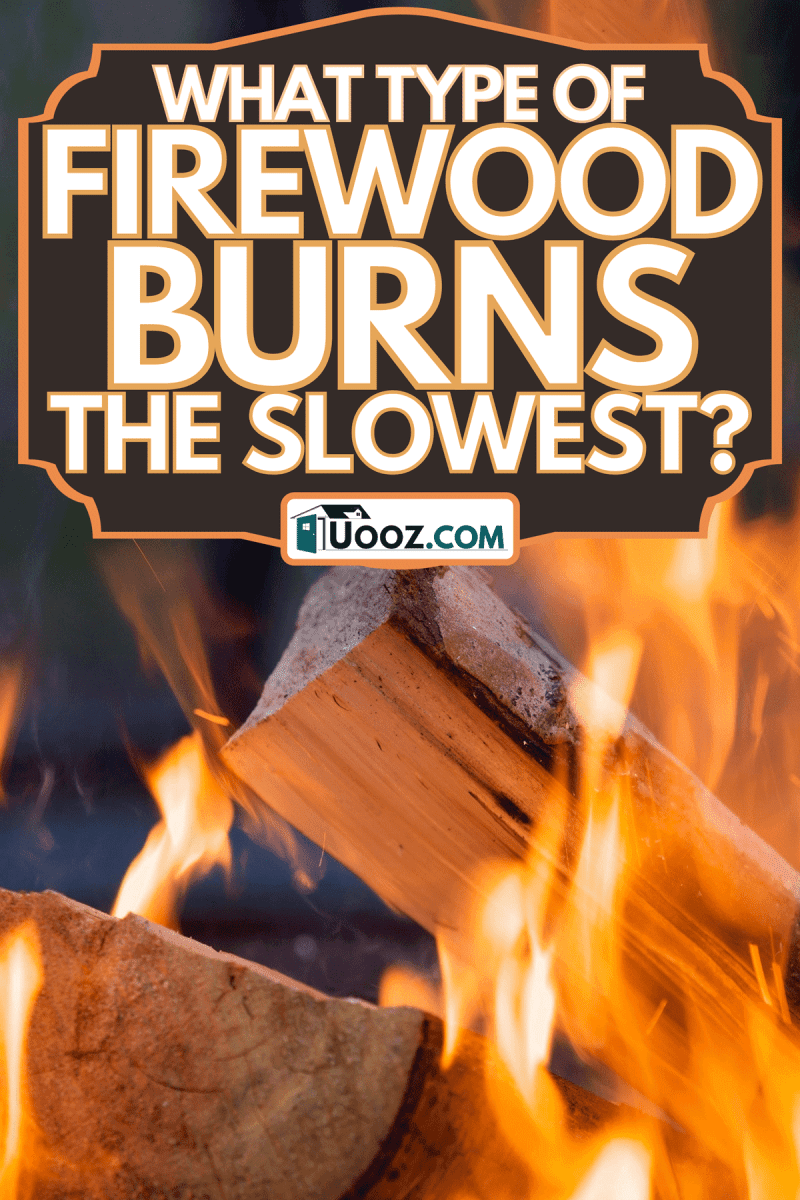
What Type Of Firewood Burns The Slowest?
Before we get into the types of hardwoods that make the best firewood, let's discuss the difference between hardwood and softwood. Hardwood refers to trees with broad leaves or seeds, which are shed annually.
Hardwoods also include angiosperm trees compared to gymnosperm trees [also known as softwood], which have cones or pines.
Angiosperm hardwoods will take longer to dry out because their waterproof cell walls make them better firewood. In addition, hardwoods grow slower than softwoods, making them denser so they can burn longer.
You will find that softwoods are more accessible to light, but they quickly burn out less dense. Because of the low density, you will need to add more softwood frequently. Softwoods also produce less heat than hardwoods do.
Let's take a look at the best types of hardwoods to use for a slow-burning but hot fire:
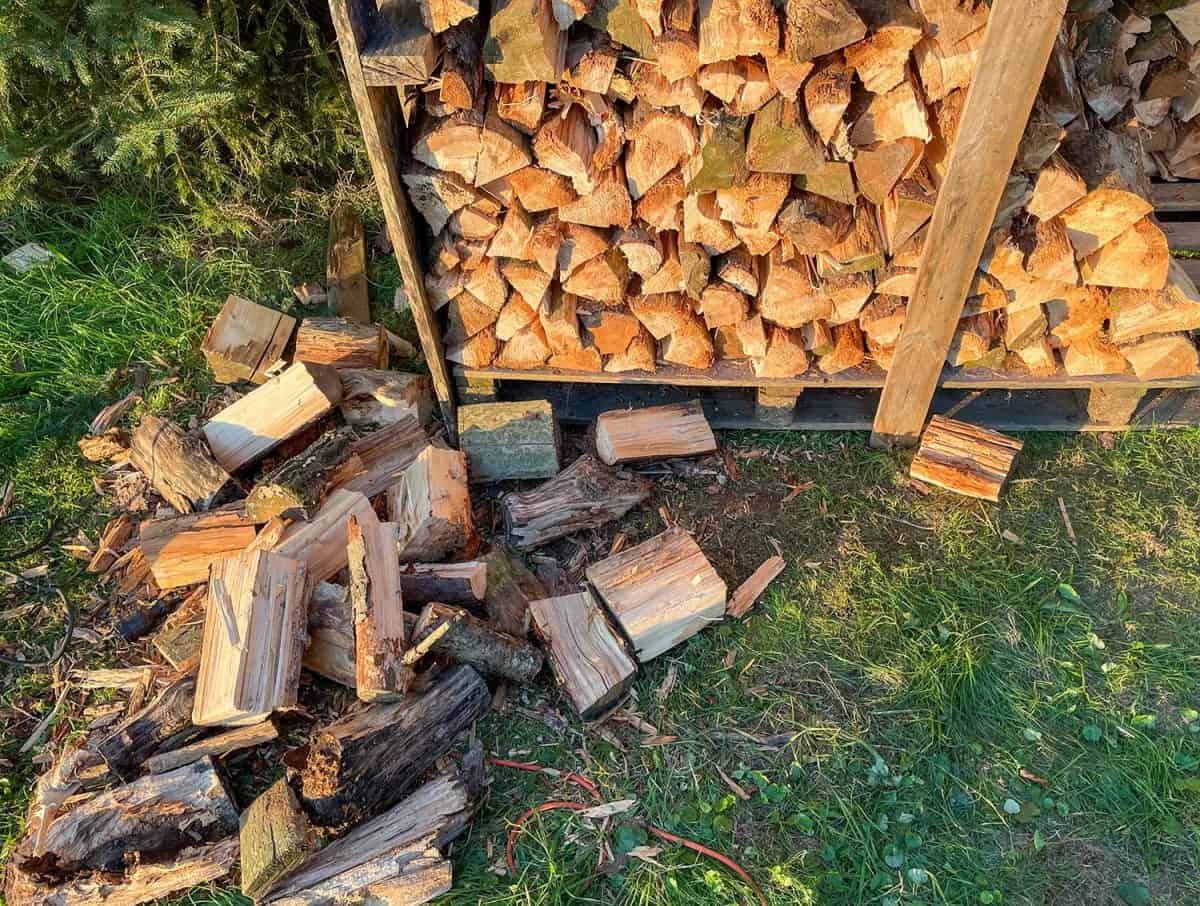
Hickory
Hickory is an excellent wood to use as firewood. If you are looking for a hot burning wood, hickory will not disappoint. This tree species is often used in smoking foods due to the rich flavor it infuses into food. It grows slowly, so it's denser than other hardwoods and gives off high heat levels making it one of the best types of firewood.
Oak
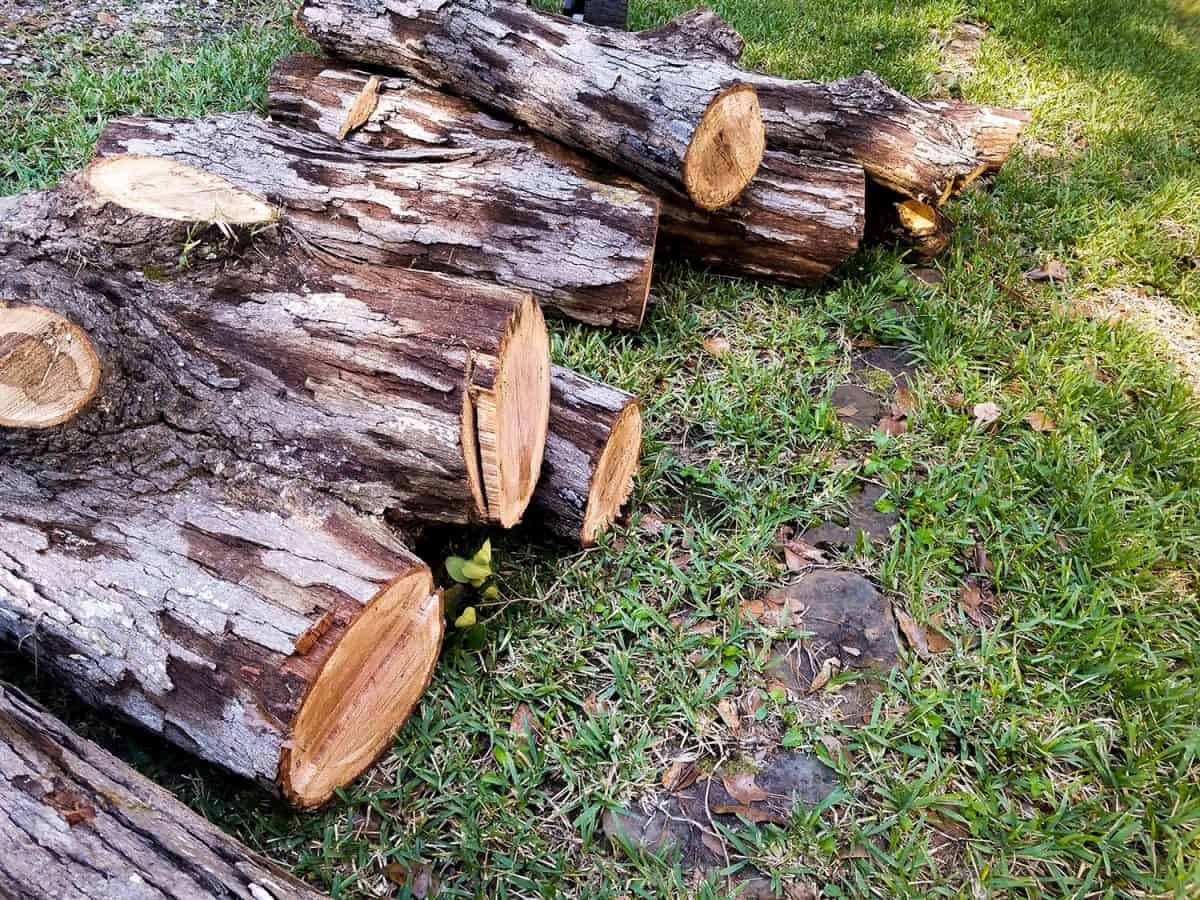
When well-seasoned, oak makes for slow-burning firewood. Oak is best known for being a sturdy wood that can stand up to acidic soils. It is another popular smoking wood, as it gives off a mild flavor. Oak also burns hot and long, so you will have a fire that keeps going for hours without needing any maintenance.
Ash
Ash is another dense, slow-burning wood that you can add to your fireplace. It makes for an excellent choice when starting your fire because it ignites easily.
One of the benefits of this type of hardwood is that it does not have a strong smell, so if you have allergies or do not like the smell of smoke, it is an excellent choice for you.
Maple
Maple is another dense hardwood that you will enjoy using as firewood. It not only burns hot, but it produces a sweet smell that will help to mask the smell of smoke if you are bothered by it.
Birch
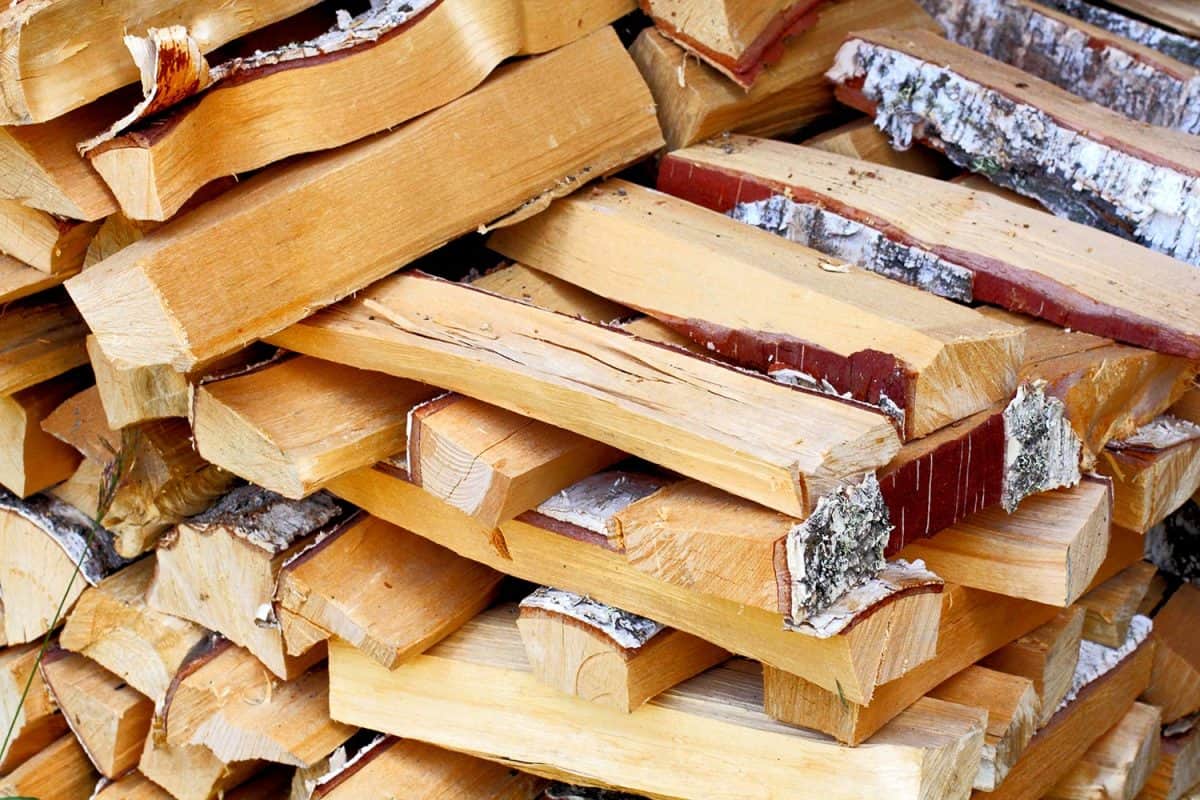
Birch is excellent firewood to use, especially if you are looking for wood that produces high heat levels. Birch is often mixed with other types of wood because it burns so hot and fast. However, you can choose to mix birch with oak for a slower burn.
Hawthorn
Hawthorn is another dense, slow-burning hardwood that produces high heat levels. However, hawthorn does not grow very tall, so the logs are short and can be harder to split due to having a lack of straight pieces.
Hazel
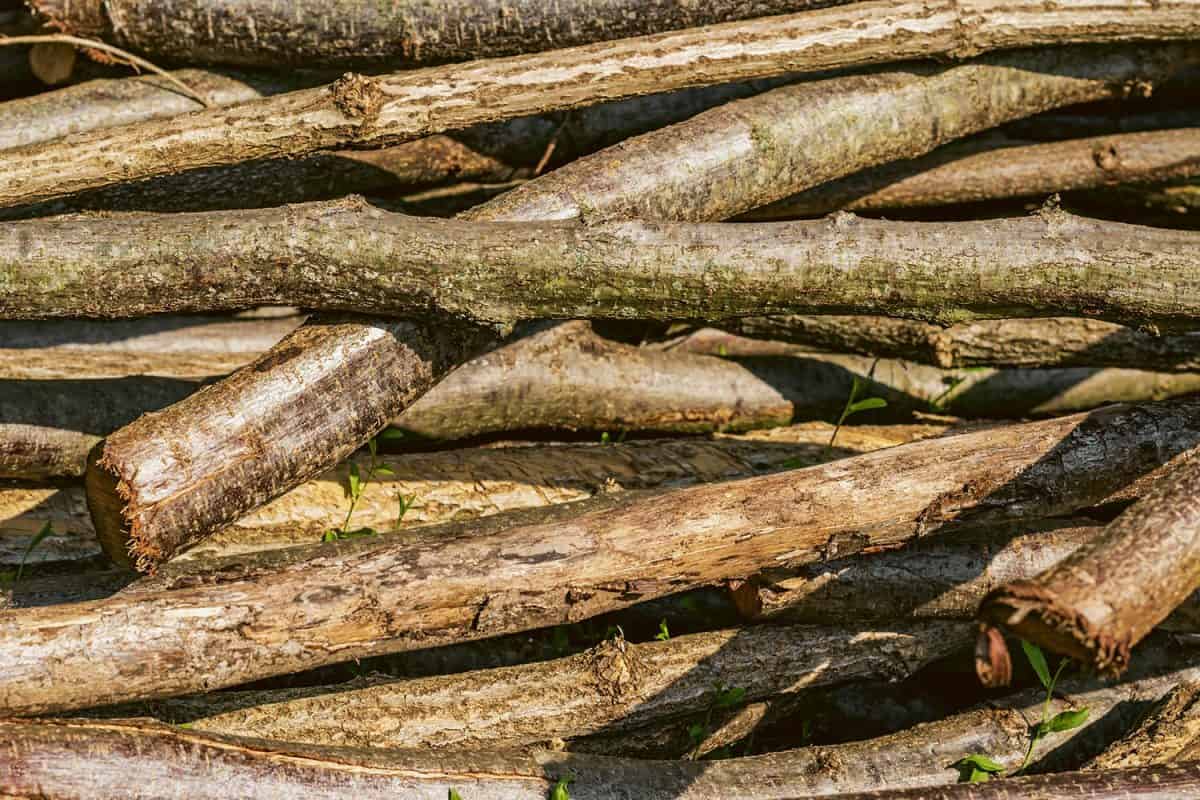
Hazel is another short tree that you can use for firewood. Although it does not produce impressive heat levels, it has high BTUs per kilogram. It also burns hot and fast making it an excellent wood to start a campfire with or to keep alive during mild weather conditions because of its quick burn time.
Elm
Elm is a dense wood that produces high heat levels and BTU's per kilogram. Elm may need some help from another type of wood to spark due to its high water content. However, once started, it can produce adequate heat for long periods.
As you can see, you have several options for making a long-lasting fire. When choosing a type of firewood to burn, consider the density of the wood. Denser hardwoods have more energy so that they can produce longer-lasting fires.
How do you make wood burn slower?
There are different methods you can use to help firewood burn slower. The first is to season your wood for a year after splitting. Some woods take longer to the season than others, so check your local state's forestry website for the type of wood you are looking for.
You can also choose to purchase firewood that is already correctly seasoned. The downside to this is that you will have to pay a premium for seasoned firewood, but it saves time and energy because this wood has been properly dried out.
In addition, another trick to make firewood burn slower is to add small amounts of softwoods to your stack. These trees will introduce sap and resin into the mix, creating a thicker, slower-burning fire that produces less smoke and more heat. However, by doing this, you will need to add more softwood over time as it burns quicker.
Lastly, burn wood with a 15% to 20% moisture content. If the wood is too dry, then it will burn fast.
Does seasoned wood burn slower?
Yes, seasoned firewood that has been dried out properly will burn slower. Wood that is not dried correctly will have a higher moisture content and will be more difficult to light because it is wet.
How can I split wood to make it burn slower?
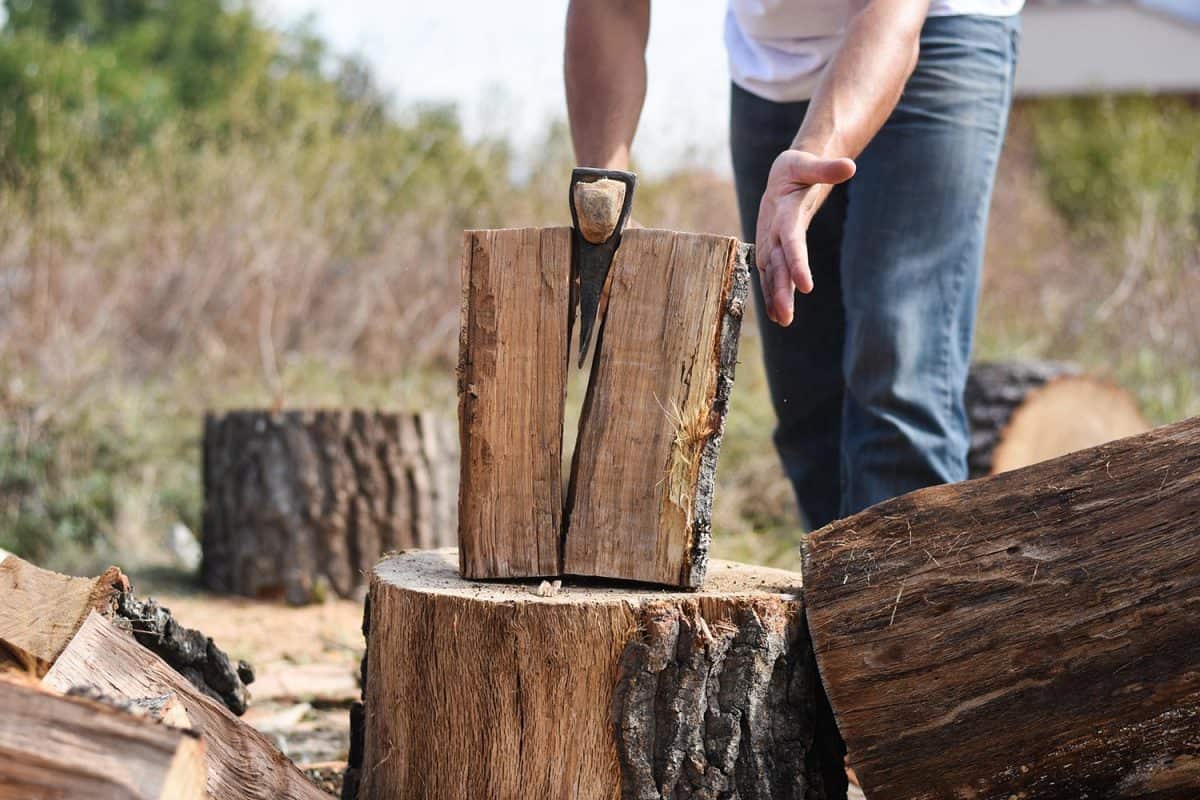
When splitting your wood, do so by making smaller logs. Smaller logs will season better, producing a slower burning fire. Be sure to leave your split logs in a ventilated area so they can air out once they are finished drying.
Which wood burns fastest?
Softwoods such as spruce or red cedar wood burn fast due to their low density. While they aren't ideal for at-home fireplaces, they can warm you up quickly while camping.
In addition, resinous woods will burn quickly due to their high resin content. These types of woods are often used for starting fires in fireplaces because they spark well.
Does wet wood burn slower?
Wet wood isn't ideal for a long-lasting fire. In addition, it more than likely won't keep you warm. Finally, the high water content will make it challenging to keep the wood burning and will produce more smoke than anything.
It is good to have it ventilated and protected from moisture if you have firewood. When the wood contains more than 20% moisture content, it is too wet to burn well.
You can test your wood's moisture content with a multimeter. If the wood tests above Megohms, it is ready to be burned. However, if it tests below that, it needs to season longer.
How do you keep a fire going all night in a fireplace?
To keep a fire going all night in a fireplace, you should use seasoned hardwood at room temperature. In addition, make sure that your damper is fully open.
If the fire is too big, use a fireplace screen to reduce the amount of heat emanating from your fireplace. This will help it burn longer and produce less smoke.
Another thing is to build your fire correctly. Don't stack logs on top of each other because this will extinguish the fire. Instead, begin with small pieces of wood and slowly work your way into bigger logs. Don't put the big logs on first because they will be hard to stay lit. Once your fire is going, you can pack bigger logs tightly together for a long-lasting burn.
Lastly, add only a few logs at a time. By doing this, the logs will feed off of each other, producing an even burn.
Final Thoughts
Wood can be burned in several types of fireplaces. Always choose the right kind of wood for your fireplace or stove, depending on what you are using it for. You want to use dense hardwood, which will burn slower and produce more heat over time than softwoods.
However, if you want to heat a room or camp quickly, softwood can do that. In addition, you can choose seasoned wood or purchase it pre-seasoned for an easier time.
For more articles like this one, check out our website:
Can You Use Carpet Underlay For Wooden Flooring Or Laminate?
